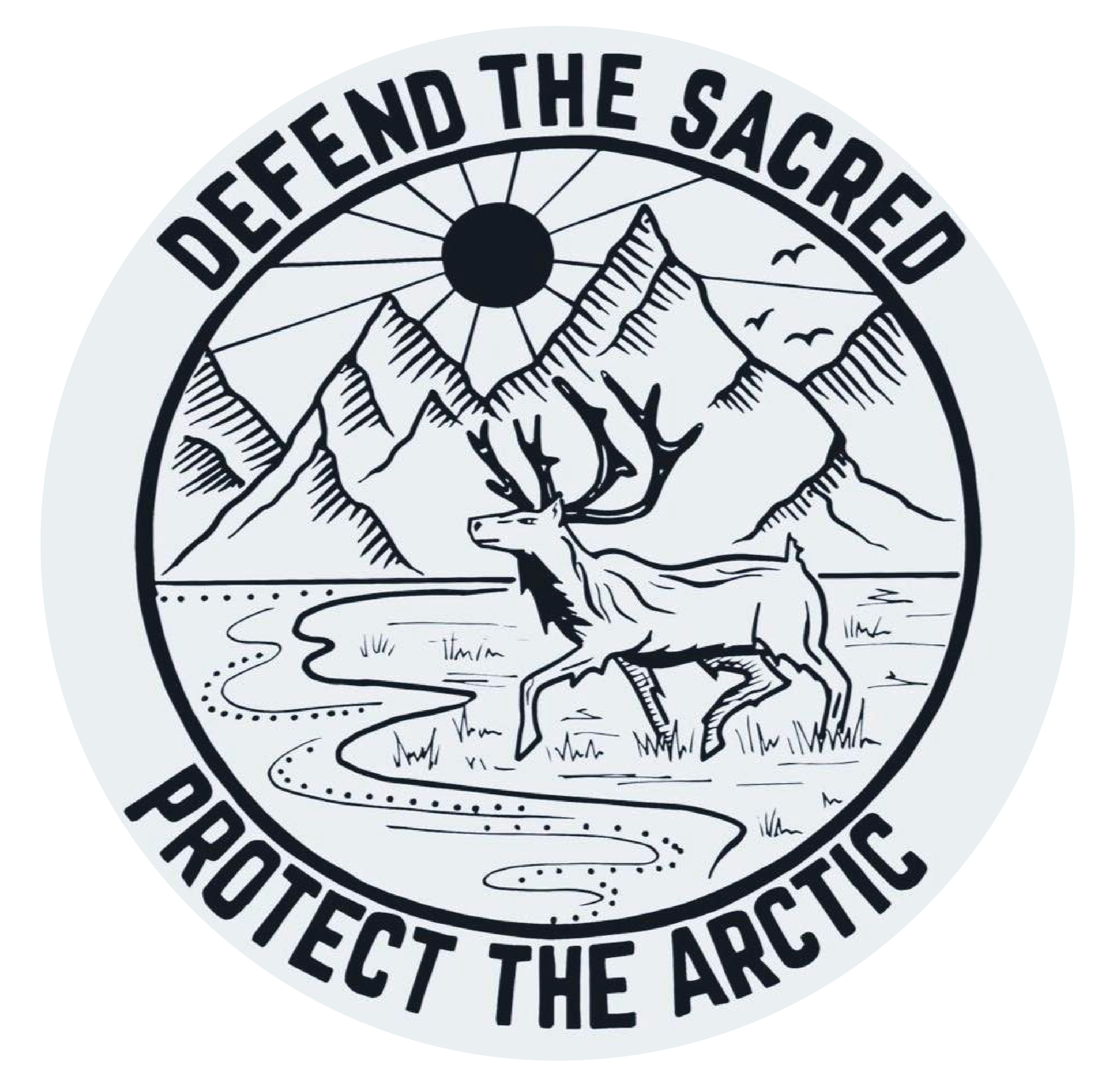Protect Teshekpuk
This is a sacred place to Iñupiat peoples
Teshekpuk Lake has been a place for spiritual, mental, and physical well-being to the Iñupiat Peoples since time immemorial. This has been a place rich with fish, tuttu (caribou), and birds that have sustained the Iñupiat Peoples for generations and generations. Teshekpuk is the birthing grounds of the Teshekpuk Caribou Herd; this herd has lived in balance with Inupiat peoples, providing sustenance for at least 5 villages on the North Slope.
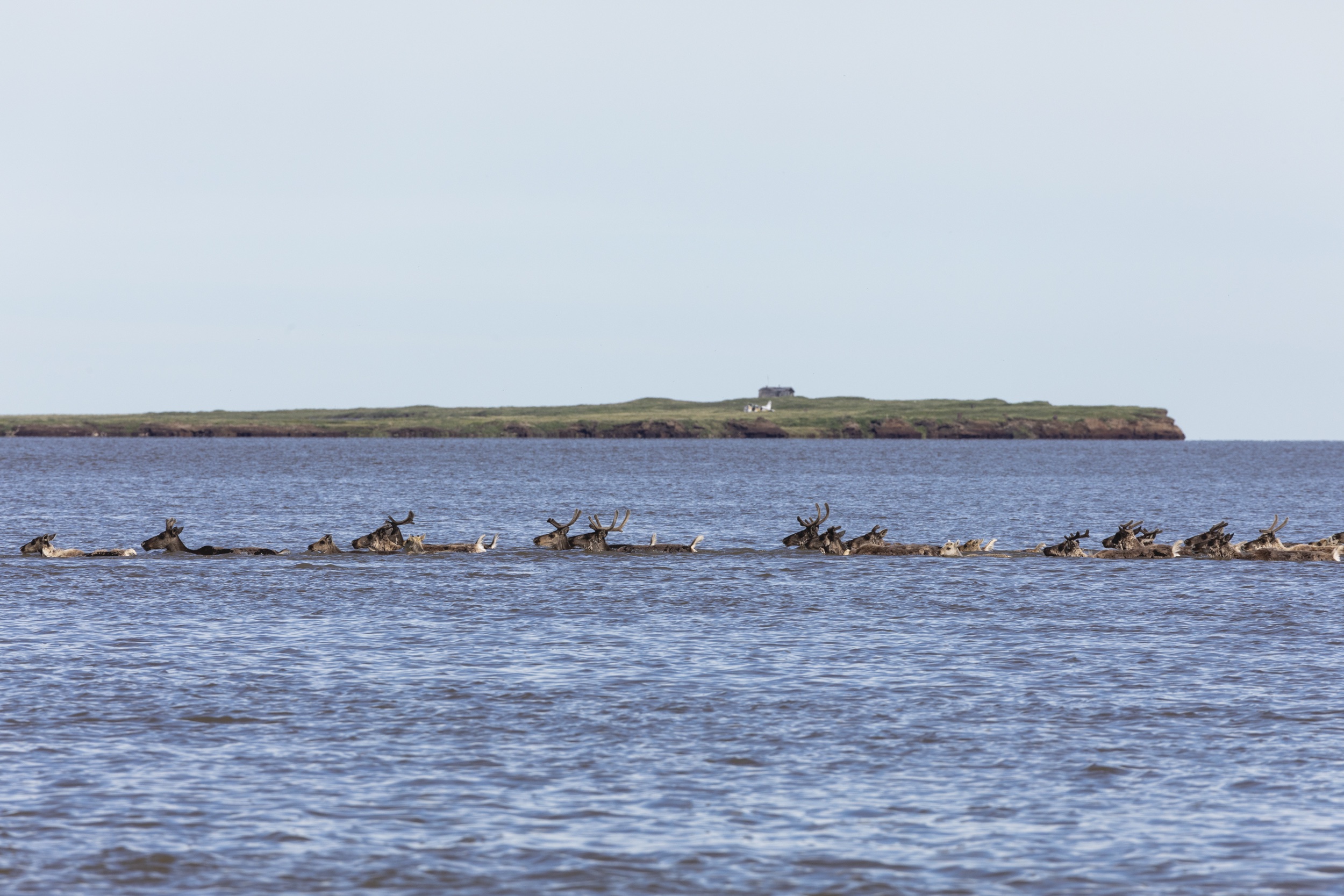
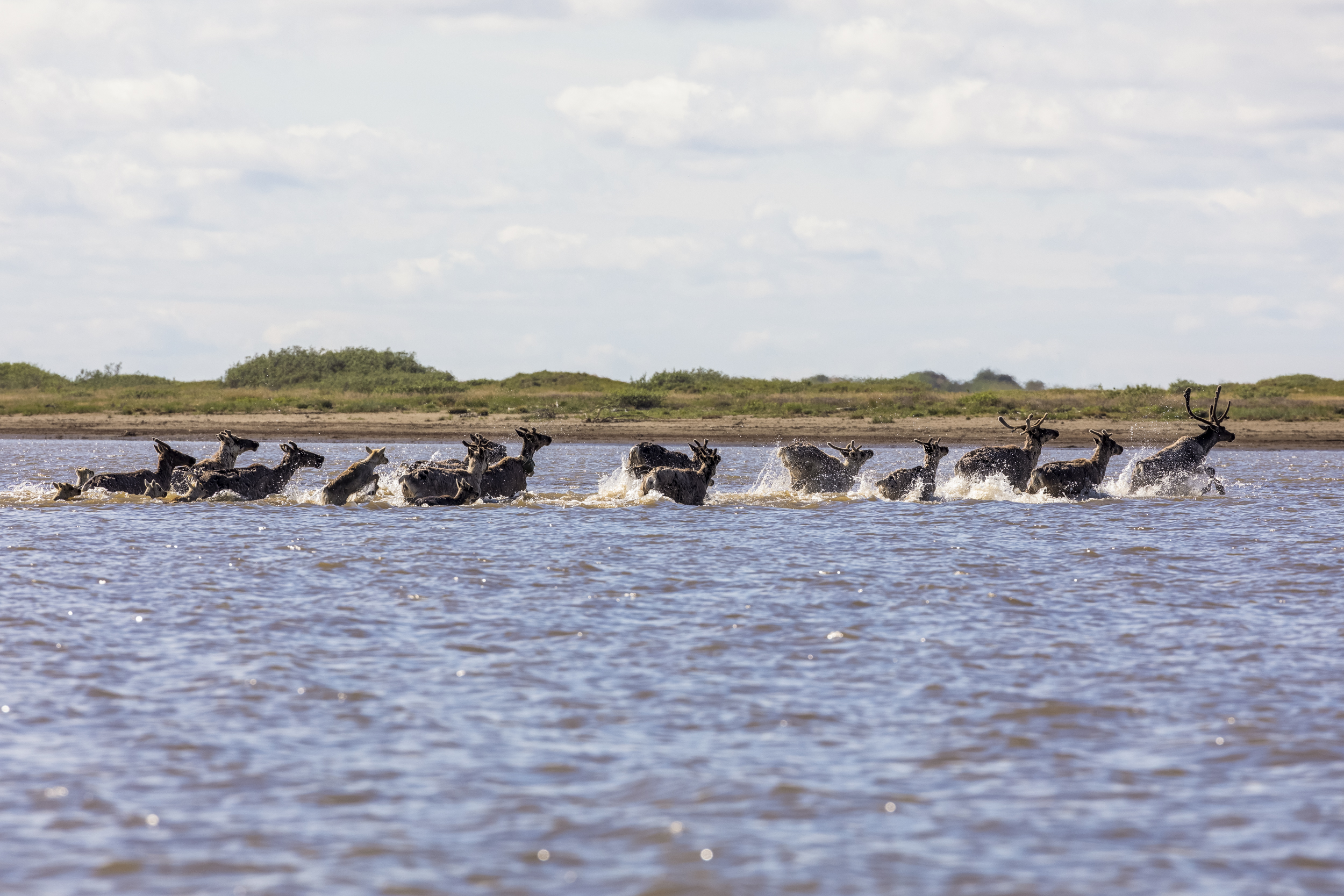
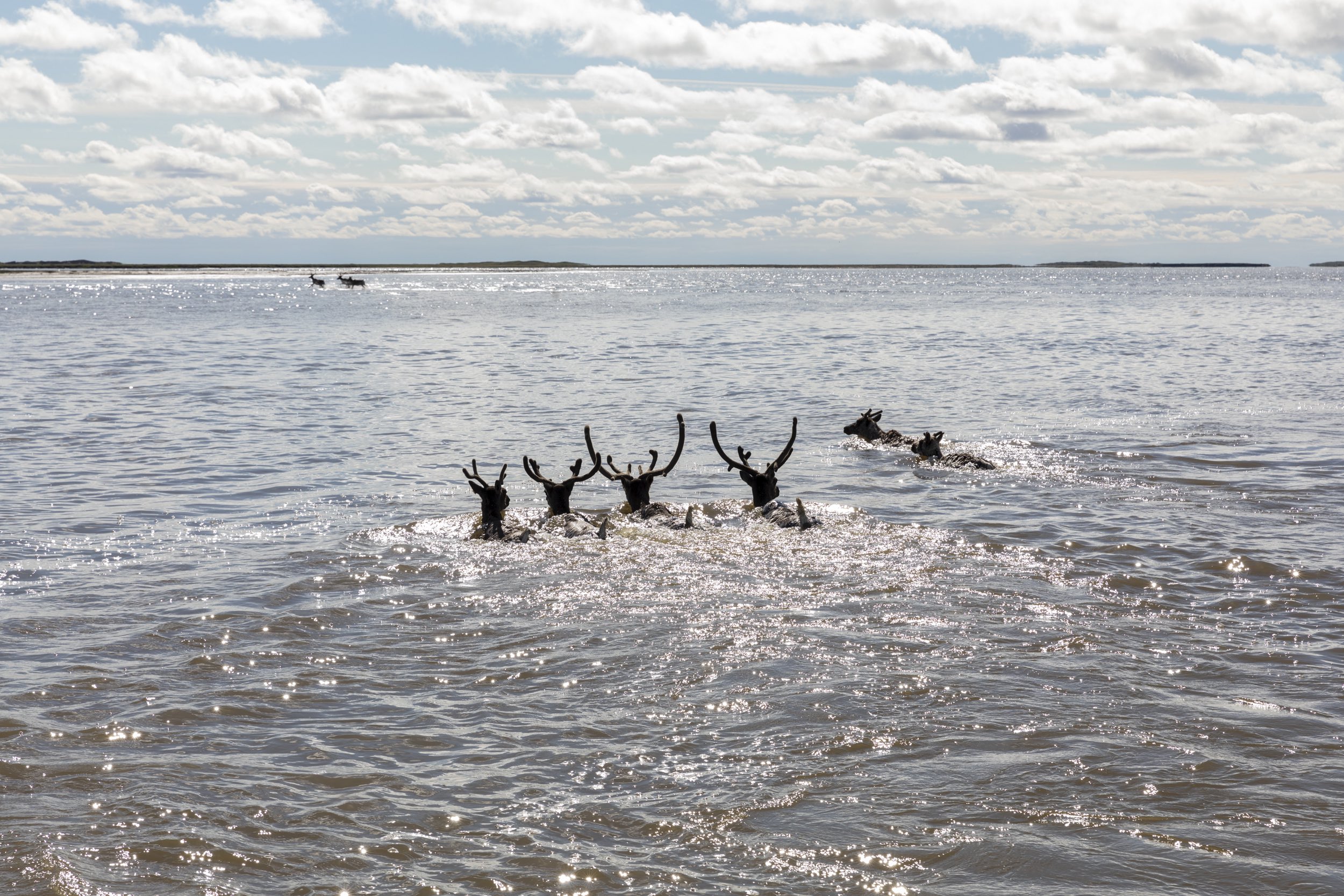
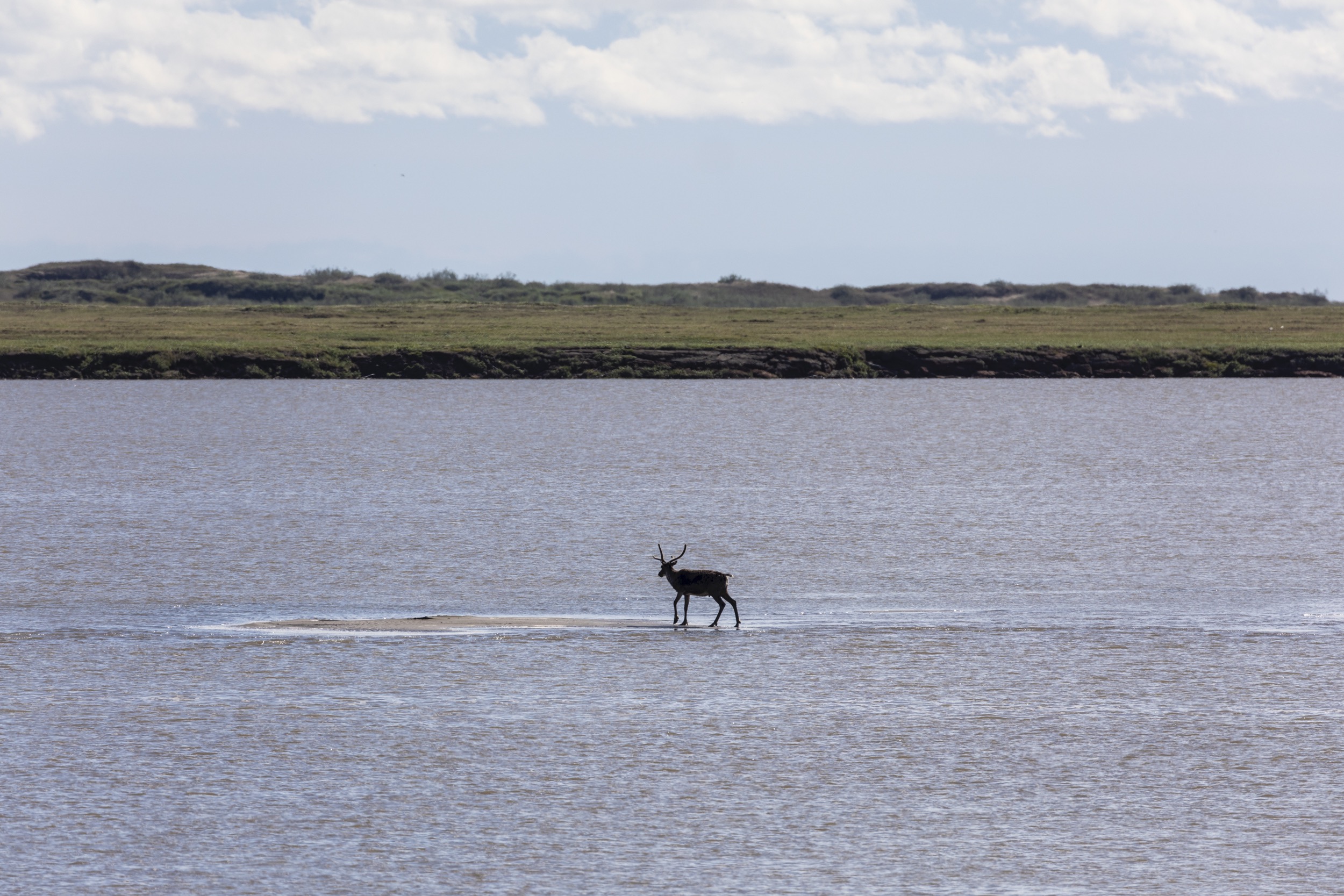
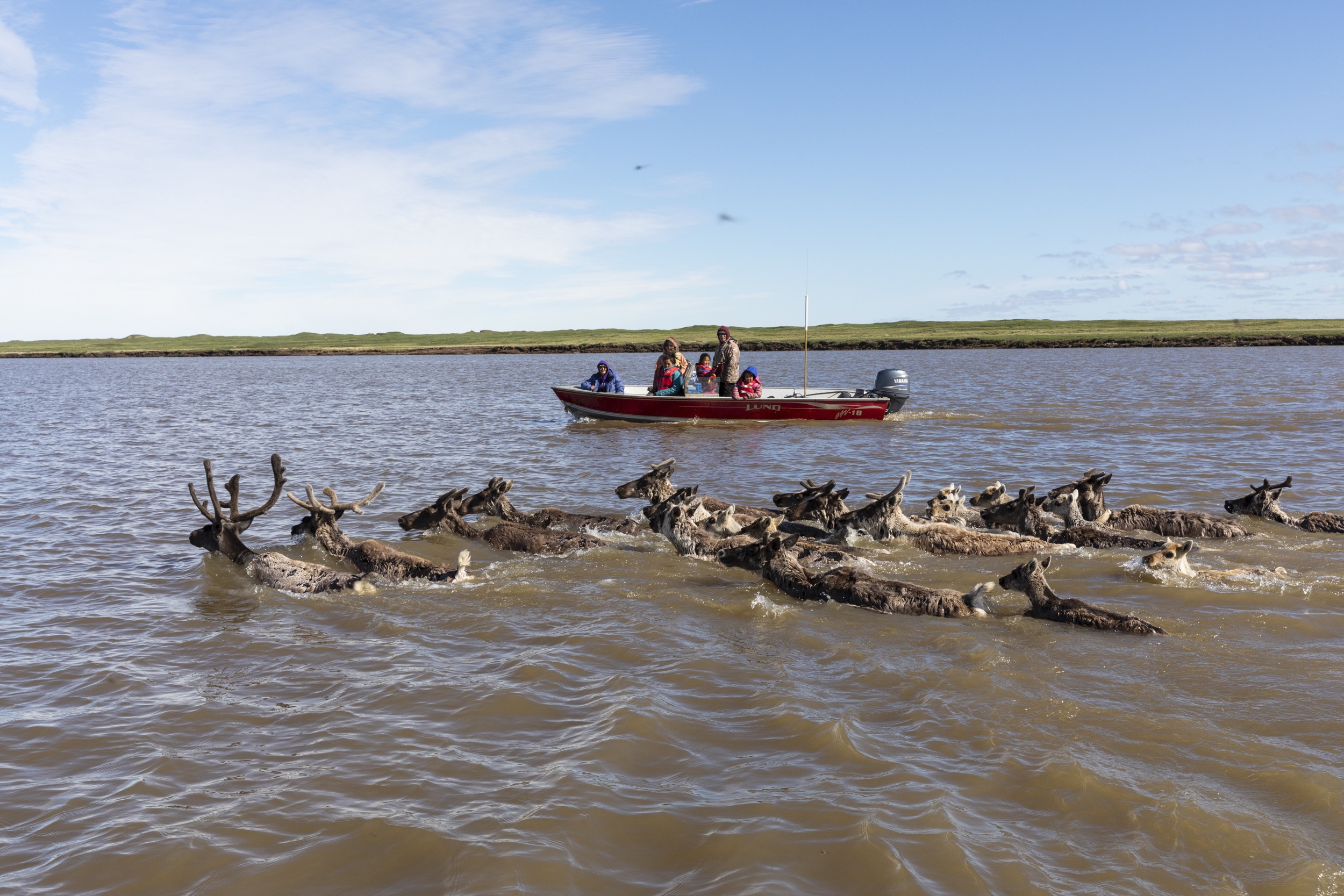
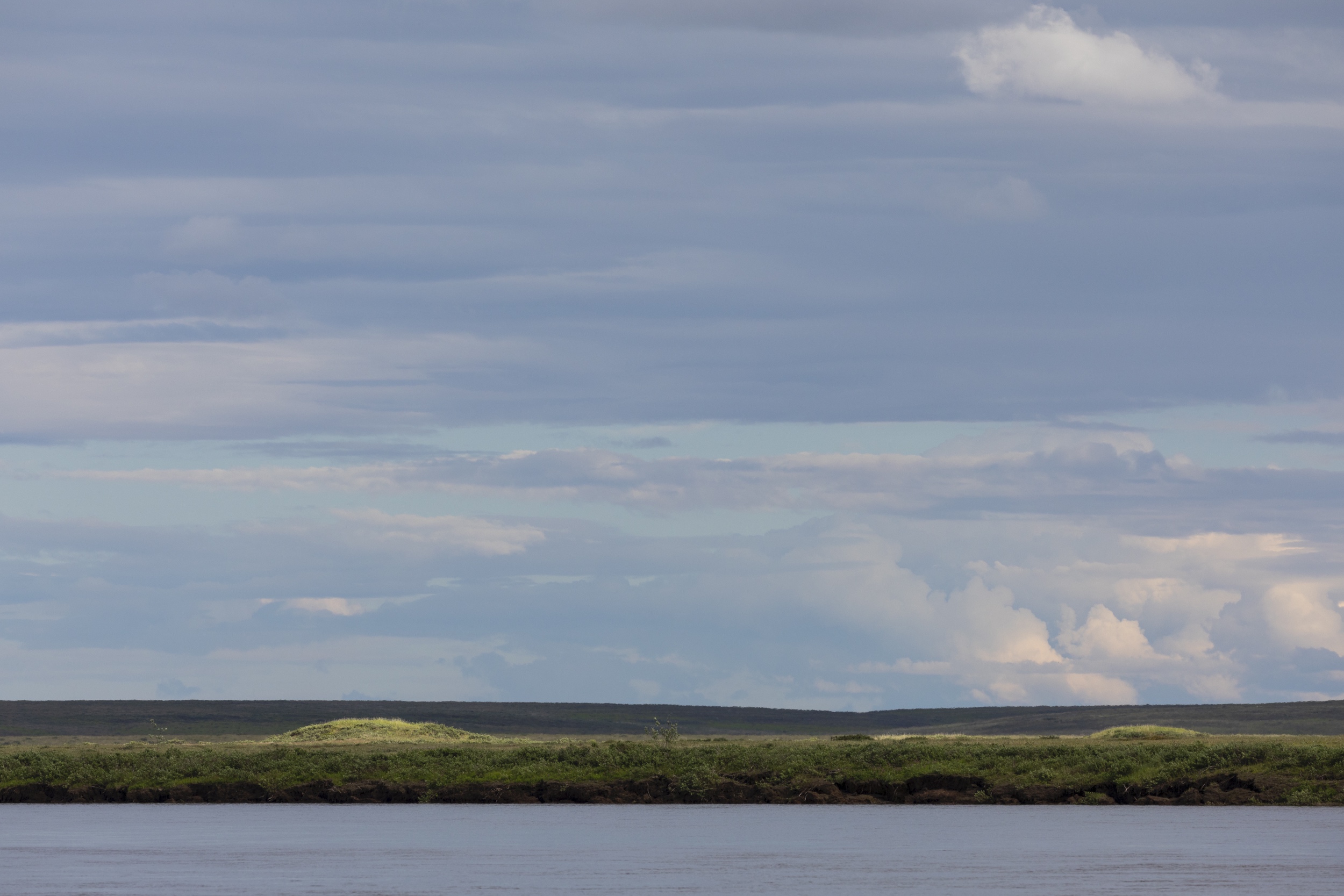

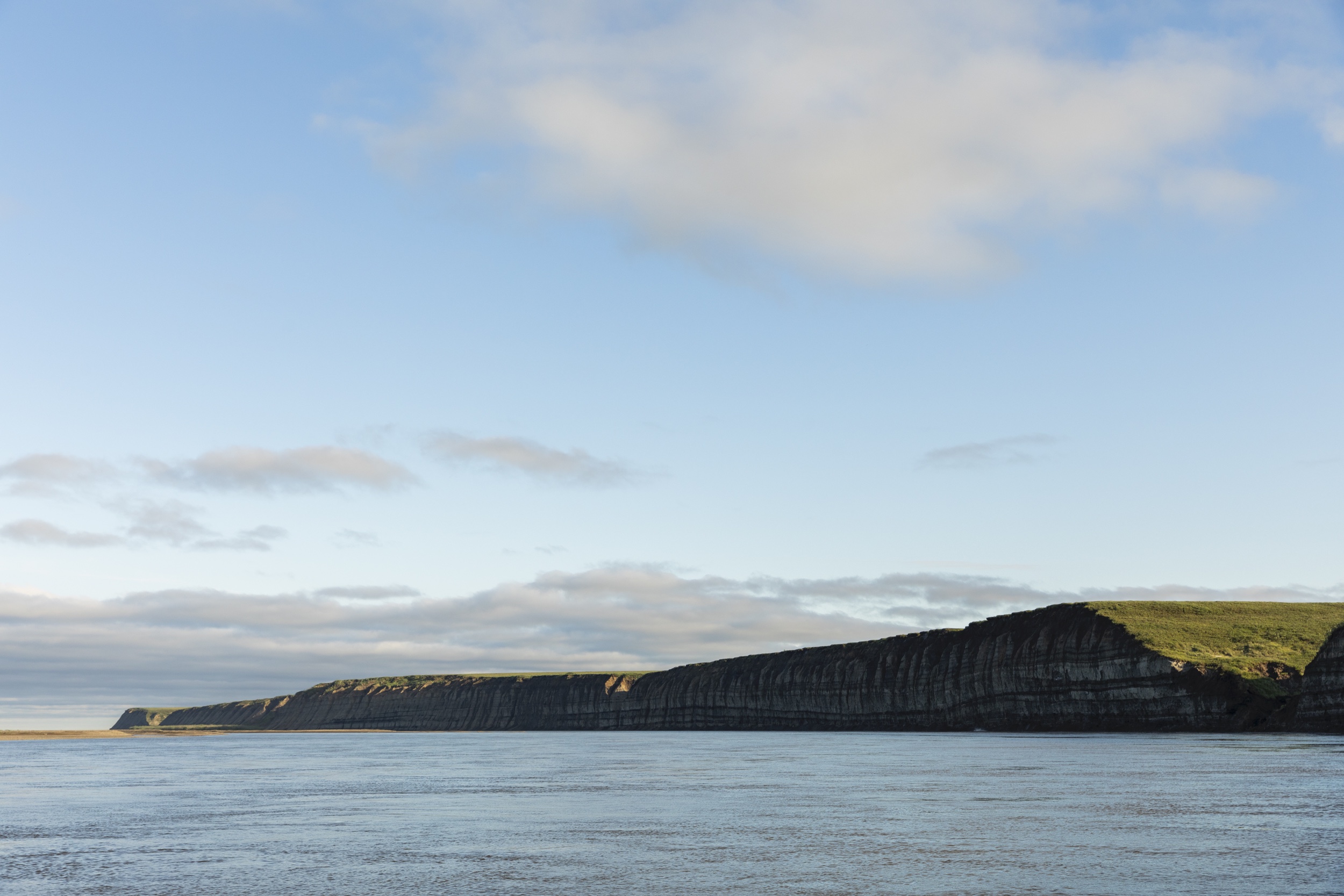
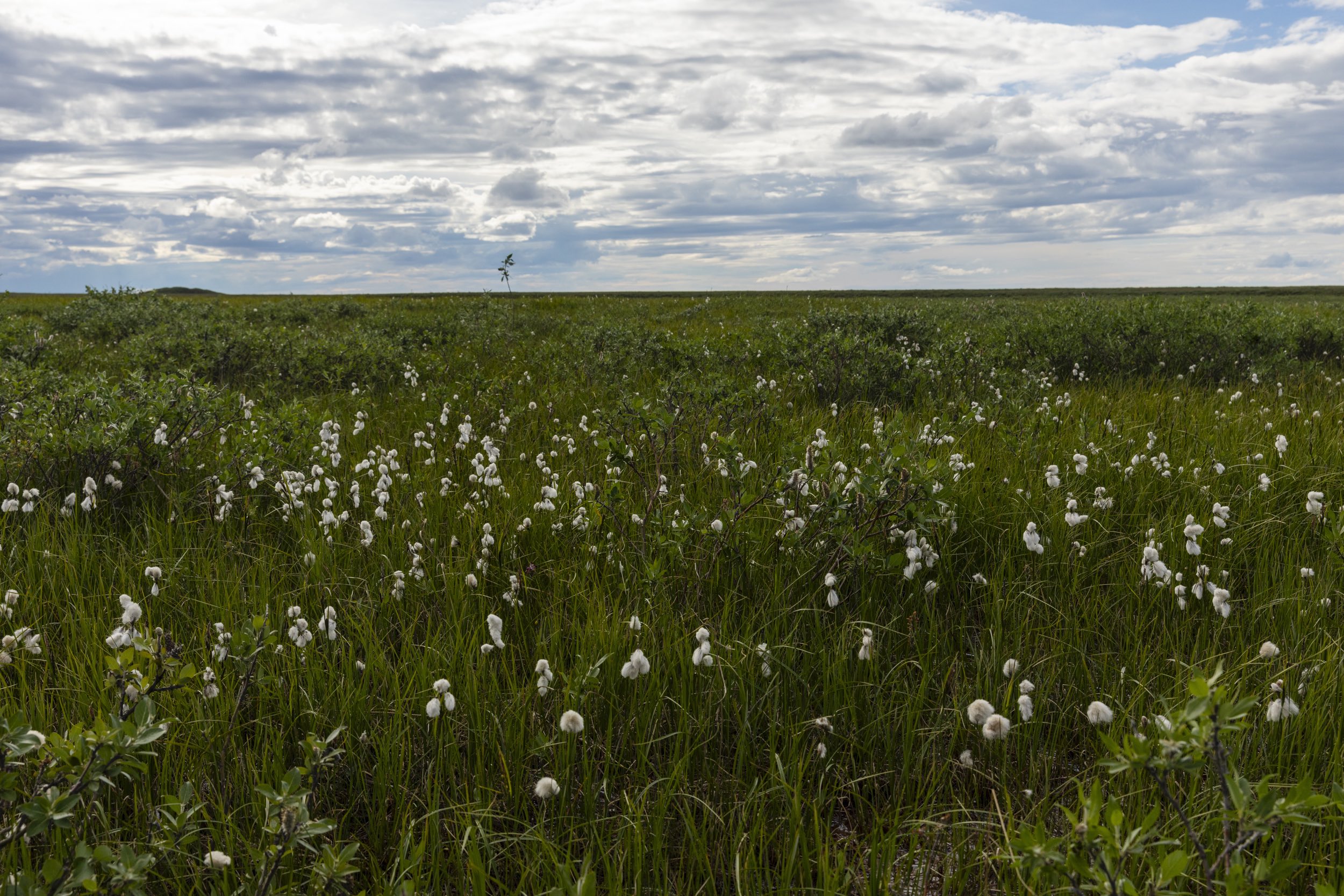
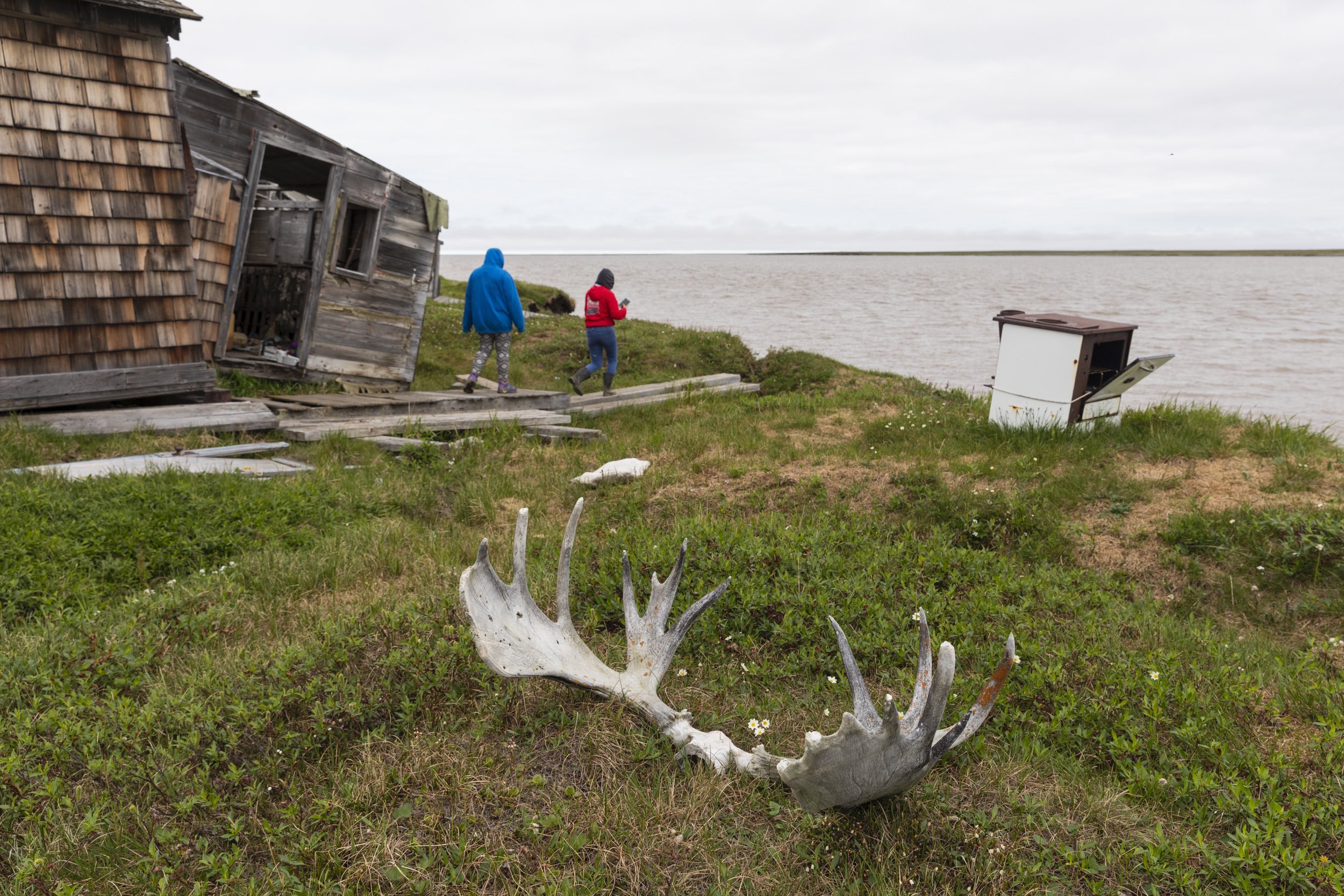
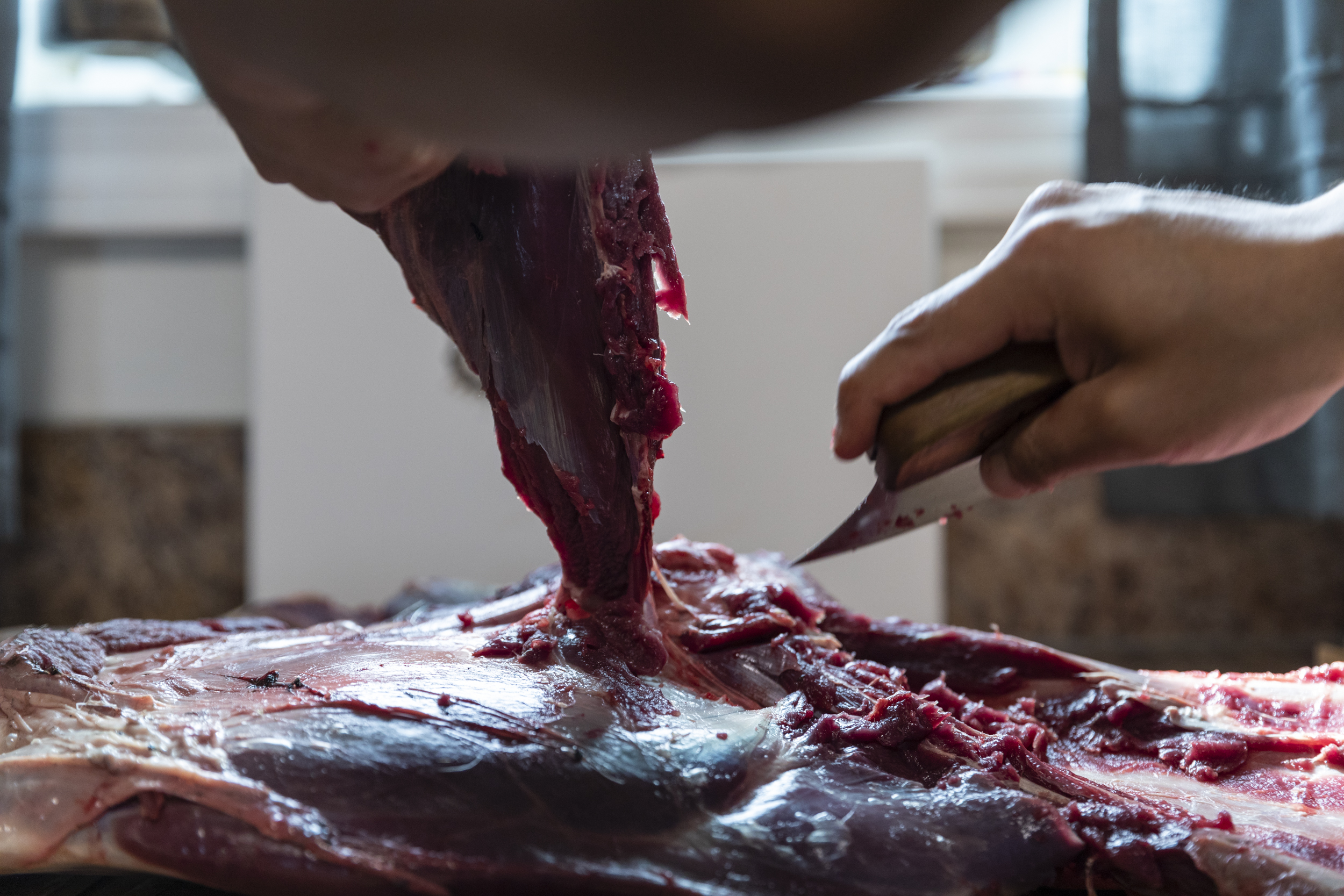
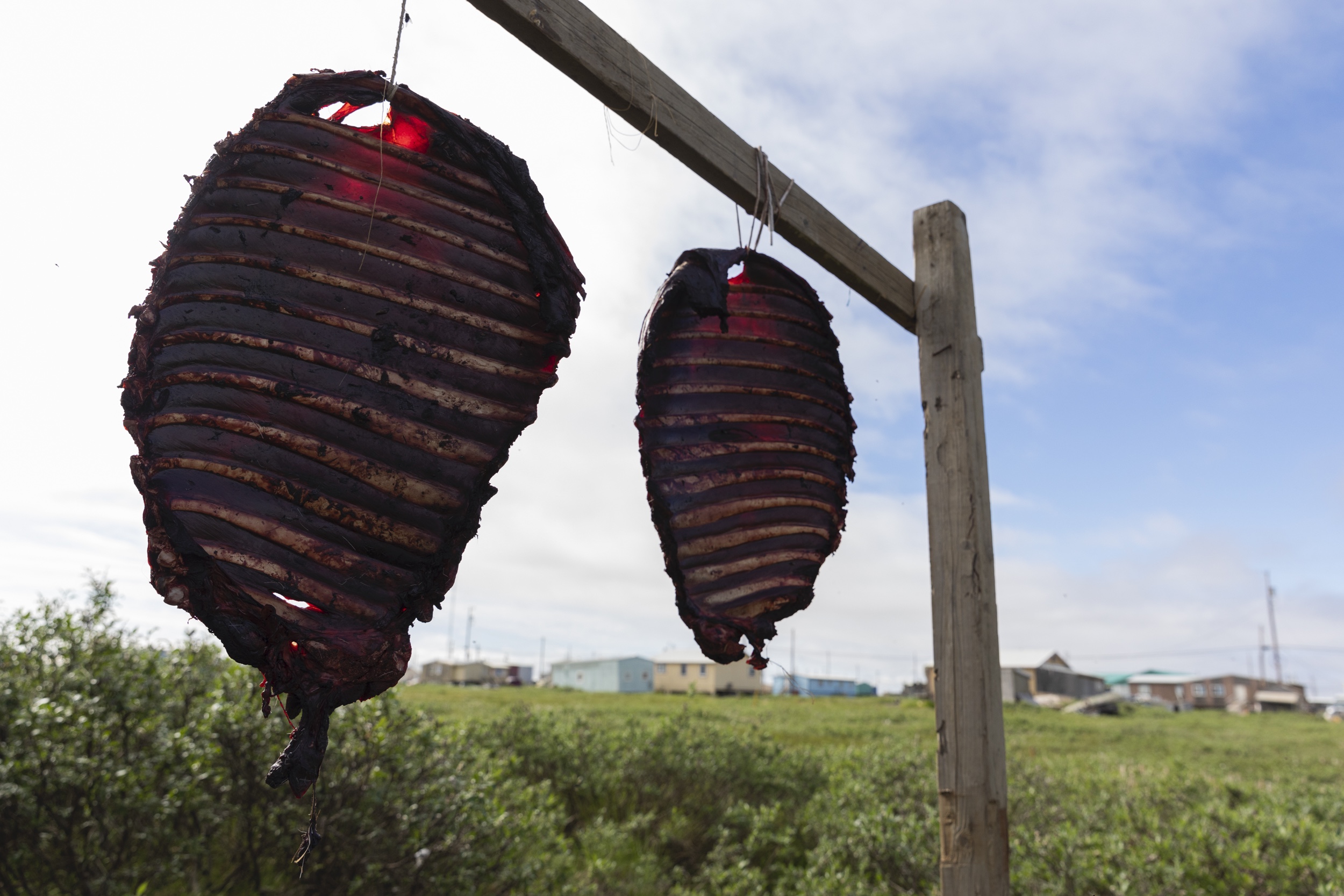
The threat of the Proposed Willow project
“The MDP [Willow Master Development Plan] includes up to five drill sites, a central processing facility, an operations center pad, up to 38.2 miles of gravel roads, up to 924.2 miles of ice roads during construction and up to 215.6 total miles of resupply ice roads during operations, 1 to 2 airstrips, up to 337 miles of pipelines, and a gravel mine site. In addition, the Proponent would submit applications to the State of Alaska for a module transfer island (MTI) on State submerged lands to support module delivery via sealift barges.” -BLM EIS Statement
This project is massive, with little to no research on the impact of the cumulative projects across the Arctic Slope and within the National Petroleum Reserve - Alaska (NPR-A). This are is the birthing grounds of 60,000 caribou. Nuiqsut residents have spoken out about sick fish, signs of starvation in caribou, and toxic air quality directly caused by oil and gas extraction within the NPR-A. Climate change in the Arctic is happening faster than any other place in the world; continuing fossil fuel dependence is speeding this climate chaos out of control. Additionally, the detrimental amounts of pollutants and contaminates caused by drilling and extraction projects is happening, literally, in the back yards of Iñupiaq peoples and without their full and informed consent.
Caribou herd of Teshekpuk Lake. Photos by Keri Oberly
Master Willow project record of decision rushed before ADMINISTRATION change.
The Bureau of Land Management stated in their ROD, this project would most likely cause significant decrease in caribou, bowhead whale, seal, and ability to continue subsistence ways of living. Several times the report states this will disproportionately effect the Native Village of Nuiqsut without providing direct employment or monetary wealth. In one section of the report it states these projects will increase mental health disparities including suicide that is the leading cause of death in the Arctic Slope for the last three years.
The Master Willow project directly threatens 5 communities on the Arctic Slopes ability to sustain their food security, health, and identity as Iñupiaq People. As we transition into a sustainable economy through an Indigenous lens, we demand BLM be held accountable for this rushed process that has been questionable from the beginning.
